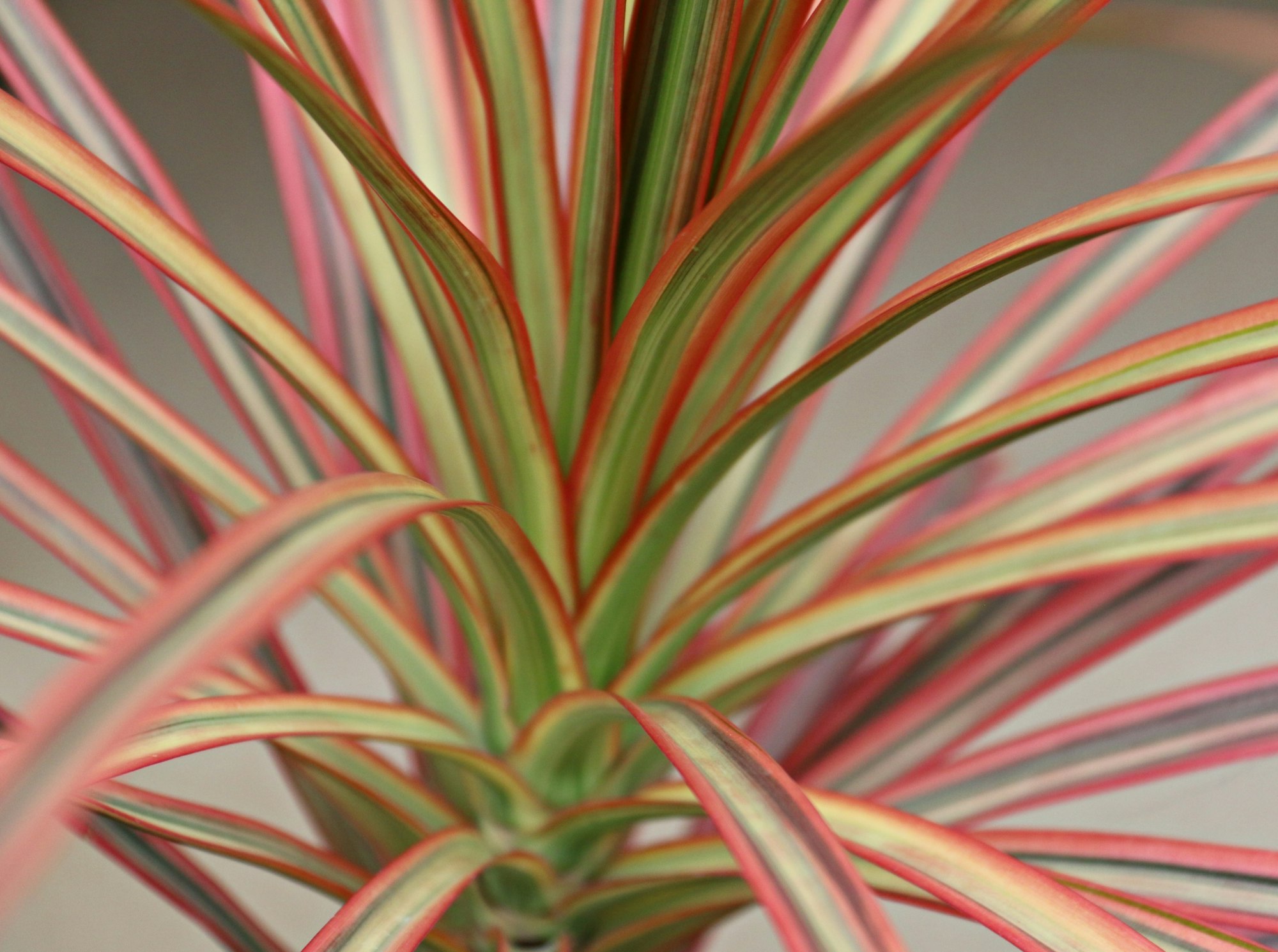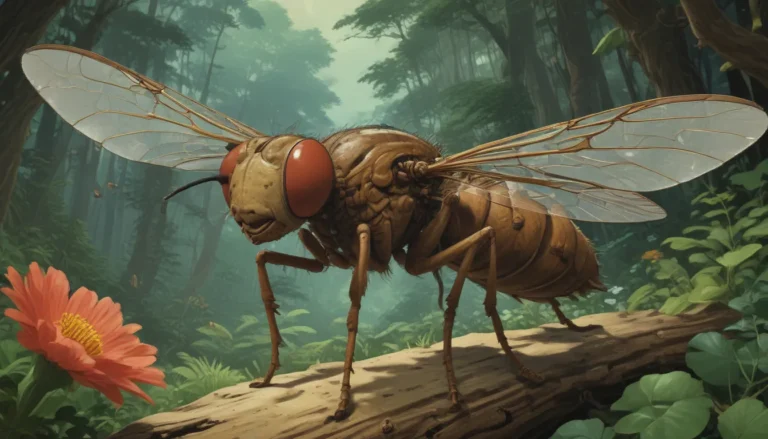Dracaena Toxicity in Cats and Dogs: What You Need to Know

If you’re a pet owner who loves to decorate your home with beautiful plants, it’s essential to be aware of which ones could potentially harm your furry friends. One popular houseplant genus, Dracaena, can be toxic to cats and dogs when ingested. In this comprehensive guide, we’ll dive into the details of Dracaena toxicity, symptoms to watch out for, and how to keep your pets safe while still enjoying these lovely plants in your home.
What is Dracaena?
Dracaena is a genus of plants that includes over 120 species, many of which are popular as houseplants due to their attractive foliage and easy care requirements. Some common Dracaena species include:
- Dracaena fragrans (Corn Plant)
- Dracaena marginata (Dragon Tree)
- Dracaena sanderiana (Lucky Bamboo)
- Dracaena reflexa (Song of India)
- Dracaena draco (Dragon Blood Tree)
These plants are known for their long, slender leaves that can be solid green or variegated with stripes or spots of yellow, white, or red. They can grow quite tall, making them an excellent choice for filling empty corners or adding height to a room.
Why is Dracaena Toxic to Pets?
Dracaena plants contain saponins, which are toxic compounds that can cause various health issues in cats and dogs when ingested. Saponins are found in the leaves and stems of the plant, and they have a bitter taste that may deter some animals from consuming large amounts. However, even small quantities can lead to adverse reactions in sensitive pets.
Symptoms of Dracaena Toxicity in Cats and Dogs

If your cat or dog has ingested any part of a Dracaena plant, watch out for these common symptoms:
- Vomiting
- Diarrhea
- Drooling
- Loss of appetite
- Depression
- Weakness
- Incoordination
- Dilated pupils (in cats)
In severe cases, Dracaena toxicity can lead to liver failure, seizures, or even death. However, these extreme reactions are rare and usually only occur when a large amount of the plant has been consumed.
What to Do If Your Pet Has Ingested Dracaena
If you suspect that your cat or dog has eaten any part of a Dracaena plant, take the following steps:
- Remove your pet from the area and make sure they don’t have access to the plant.
- Call your veterinarian or a pet poison helpline for guidance.
- If advised, take your pet to the nearest veterinary clinic for examination and treatment.
- Bring a sample of the plant or a clear photo to help with identification.
Your veterinarian may recommend inducing vomiting, administering activated charcoal to absorb toxins, or providing supportive care such as fluid therapy and medication to manage symptoms. In most cases, pets recover fully with prompt treatment.
Preventing Dracaena Toxicity in Your Home
The best way to protect your pets from Dracaena toxicity is to prevent access to the plant altogether. Here are some tips for keeping your cats and dogs safe:
- Keep Dracaena plants out of reach by placing them on high shelves or in rooms that your pets cannot access.
- Consider using hanging baskets or wall-mounted planters to keep the plants off the ground and away from curious paws.
- Regularly trim and dispose of any fallen leaves or stems to prevent your pets from finding and ingesting them.
- Use pet-safe deterrents such as citrus peels, vinegar, or commercial repellents around the base of the plant to discourage chewing.
- Provide your pets with plenty of safe, alternative chew toys and playtime to keep them mentally stimulated and less likely to seek out inappropriate items to chew on.
If you’re unsure about the toxicity of a particular plant or want to explore pet-safe alternatives, consult with your veterinarian or refer to trusted resources like the ASPCA’s toxic plant database.
Pet-Safe Alternatives to Dracaena
While Dracaena plants are beautiful and easy to care for, there are plenty of other houseplants that are safe for cats and dogs. Some popular pet-friendly options include:
- African Violets
- Bamboo Palm
- Boston Fern
- Friendship Plant (Pilea involucrata)
- Gloxinia
- Hibiscus
- Lipstick Plant (Aeschynanthus radicans)
- Orchids
- Spider Plant (Chlorophytum comosum)
- Zebra Plant (Calathea zebrina)
When selecting any new plant for your home, always research its potential toxicity to pets before making a purchase. By opting for pet-safe alternatives and taking appropriate precautions with toxic plants, you can create a beautiful, green oasis that’s safe for your entire family, furry friends included.
Frequently Asked Questions
- Is Dracaena marginata toxic to cats and dogs?
Yes, Dracaena marginata (Dragon Tree) is toxic to both cats and dogs when ingested due to the presence of saponins in the leaves and stems. - What part of the Dracaena plant is toxic?
The leaves and stems of Dracaena plants contain saponins, which are the toxic compounds that can cause adverse reactions in pets when ingested. - How much Dracaena does my pet need to ingest to experience toxicity?
The amount of Dracaena that can cause toxicity varies depending on the size and sensitivity of your pet. Even small amounts can lead to symptoms in some animals, while others may need to consume larger quantities to experience adverse effects. - Can Dracaena toxicity be fatal to my pet?
In rare cases, severe Dracaena toxicity can lead to liver failure, seizures, or death, especially if a large amount of the plant has been consumed. However, most pets recover fully with prompt veterinary treatment. - How can I tell if my pet has ingested Dracaena?
Watch for symptoms such as vomiting, diarrhea, drooling, loss of appetite, depression, weakness, incoordination, and dilated pupils (in cats). If you suspect your pet has ingested Dracaena, contact your veterinarian or a pet poison helpline immediately for guidance.
Conclusion
As a pet owner, it’s crucial to be aware of the potential risks that certain houseplants, like Dracaena, can pose to your furry friends. By understanding the symptoms of Dracaena toxicity, taking preventive measures to keep your pets safe, and opting for pet-friendly plant alternatives when possible, you can create a beautiful and harmonious home environment for all family members. Remember, if you ever suspect that your pet has ingested a toxic plant, seek veterinary guidance promptly to ensure the best possible outcome.





